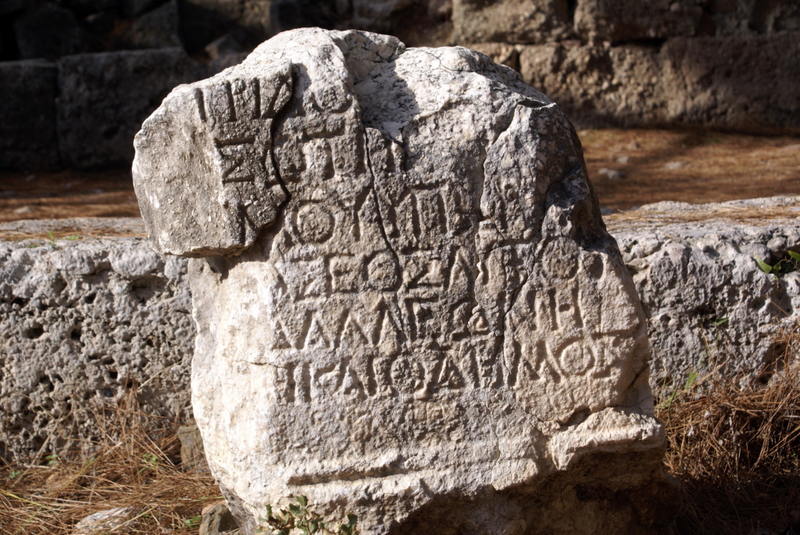
Following her death, it was discovered that she used over 100 different ciphers in her correspondence. Fifty of her encrypted letters have recently been deciphered. What have we discovered?
Unfolding Brilliant Secrets
The letters were mostly written by Mary to the French ambassador to England, Michel de Castelnau, between 1578 and 1584. The letters were cataloged as enciphered messages at the Bibliothèque Nationale de France, but because the sender and recipient were unknown, they were archived alongside other manuscripts related to Italian affairs.
Only through new expert decipherment do we know that the letters were written by Mary, Queen of Scots. The researchers benefited from an understanding of early modern epistolary form and function; for example, they were able to decipher the symbols for all 12 months of the year and several locations, including London and Sheffield, by noting that a standard closing for letters instead of a period was to instead end with the place of writing and the date.
How Ciphers Work
Ciphers typically disguised each letter with a single symbol, but to improve security, homophones were used, which means that multiple symbols could be used to represent the most common letters.
Symbols representing months, places, and people’s names can also be used to disguise common words. As a final level of obfuscation, red herrings or ‘nulls’ would be used, which those in the know would ignore.

Cipher symbols were typically a combination of letters from other alphabets, such as Greek or Arabic, and graphical shapes.
So, What Was in the Letters?
The content of these letters is a mix of political discussion and personal complaint, which is a recurring theme in Mary’s letters. Unsurprisingly, she is venomous towards those she considers enemies.

By 1580, she was increasingly estranged from her son, and her French relatives were dying, leaving her with fewer intimate connections on which to rely. As a result, the letters reflect Mary’s shifting strategies as her confinement dragged on.
She frequently writes about her release negotiations. Her finances were becoming more difficult to access, making it difficult to reward servants and supporters, and her health was suffering as a result of a lack of exercise, poor ventilation in her room, and recurrent bouts of physical and mental illness.
It is also true that she sent hundreds more letters that may or may not have survived, as evidenced by references in surviving letters, though those haven’t yet been discovered or, for all you know, they are hiding in plain sight! Well, only time will tell.